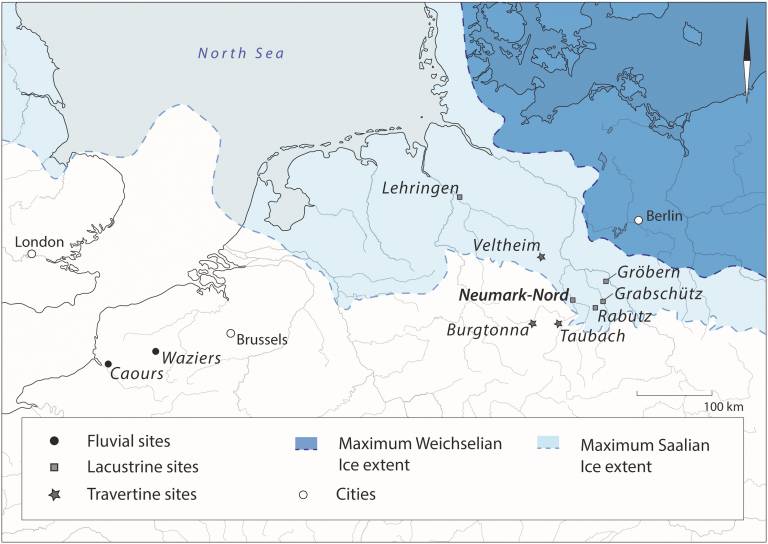New evidence that Homo neanderthalensis modified a Late-Glacial landscape, northern Germany
18 December 2021
Little is known about the antiquity, nature, and scale of Pleistocene hunter-gatherer impact on their ecosystems, despite the importance for studies of conservation and human evolution.

Little is known about the antiquity, nature, and scale of Pleistocene hunter-gatherer impact on their ecosystems, despite the importance for studies of conservation and human evolution. Such impact is likely to be limited, mainly because of low population densities, and challenging to detect and interpret in terms of cause-effect dynamics. We present high-resolution paleoenvironmental and archaeological data from the Last Interglacial locality of Neumark-Nord (Germany). Among the factors that shaped vegetation structure and succession in this lake landscape, we identify a distinct ecological footprint of hominin activities, including fire use. We compare these data with evidence from archaeological and baseline sites from the same region. At Neumark-Nord, notably open vegetation coincides with a virtually continuous c. 2000-year-long hominin presence, and the comparative data strongly suggest that hominins were a contributing factor. With an age of c. 125,000 years, Neumark-Nord provides an early example of a hominin role in vegetation transformation.
Landscape modification by Last Interglacial Neanderthals
Wil Roebroeks, Katharine MacDonald, Fulco Scherjon, Corrie Bakels, Lutz Kindler, Anastasia Nikulina, Eduard Pop, Sabine Gaudzinski-Windheuser
 Close
Close

